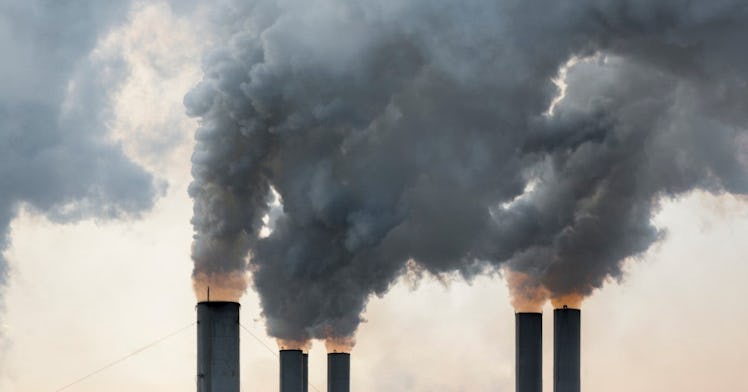Study Pinpoints Where a Common Gas That is Toxic to Kids Is Leaking
In large quantities, methane can cause respiratory difficulties — and interactive maps hold the key as to where methane is leaking.

Satellite images are giving scientists a more accurate view of the scope of methane leaks from the oil and gas industry than ever before — and it’s a problem. Scientists have discovered vast plumes of methane leaking from pipelines worldwide — sometimes stretching over 200 miles from the leak itself.
Previous climate research has found that methane, one of the most formidable greenhouse gasses, is responsible for 30% to 50% of the global temperature increase. Most methane comes from the oil and gas industry, livestock production, landfills, and coal mining operations.
The global mapping project, run by an international research team working under Laboratoire des Sciences du Climat et de l’Environnement (CNRS / CEA / UVSQ) and the data analysis firm Kayrros, has found methane leaks from major gas and oil sites around the world.
The findings, published in the journal Science, show massive amounts of methane flowing freely from sites worldwide, though the largest of these leaks are in Russia, the U.S., and Turkmenistan.
The team focused on mapping leaks that could be easily plugged, which would not only reduce the global temperature rise but would also save the affected countries a boatload of money — approximately $6 billion for Turkmenistan, $4 billion for Russia, and $1.6 billion for the U.S.
Most of the leaks found in the study were previously unknown, meaning that methane emission numbers are much higher than most governments are reporting.
The research team focused on what are known as “ultra-emitters”— sources that release at least 25 metric tons of methane into the atmosphere per hour. Their findings suggest that these ultra-emitters are responsible for as much as 12% of methane emissions from the oil and gas industry.
According to the study authors, eliminating ultra-emitters would be equivalent to removing 20 million cars from the road for one year, and the resulting temperature change could prevent as many as 1,600 extreme heat-related deaths per year. Additionally, in large quantities, methane can cause respiratory difficulties in kids.
“We didn’t realize initially that every day we would find these giant emitters around the globe,” Thomas Lauvaux, leader of the mapping project, told Insider, adding, “It’s leaking everywhere, and we’re not doing a good job.”
In 2020, world leaders met in Glasgow to discuss solutions to our current climate crisis. Over 100 countries signed the Global Methane Pledge, which aims to reduce global methane levels by 30% by 2030. Scientists believe that capping ultra-emitter leaks would be an easy and affordable way to help reach that goal.
To check out interactive maps that provide another form of visualization of the world’s methane emissions, run by Riley Duren, a lead researcher on the study — and to see just where methane is leaking in massive quantities and if it’s happening near you — check out the Carbon Mapping website here.